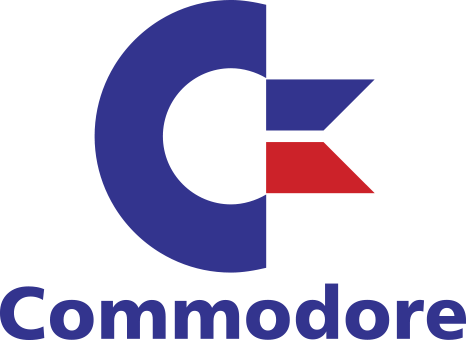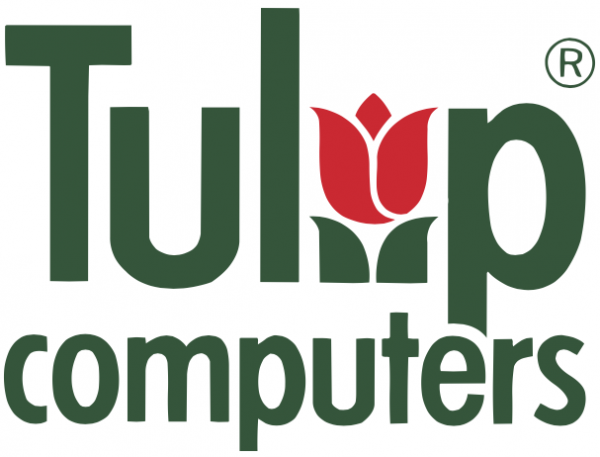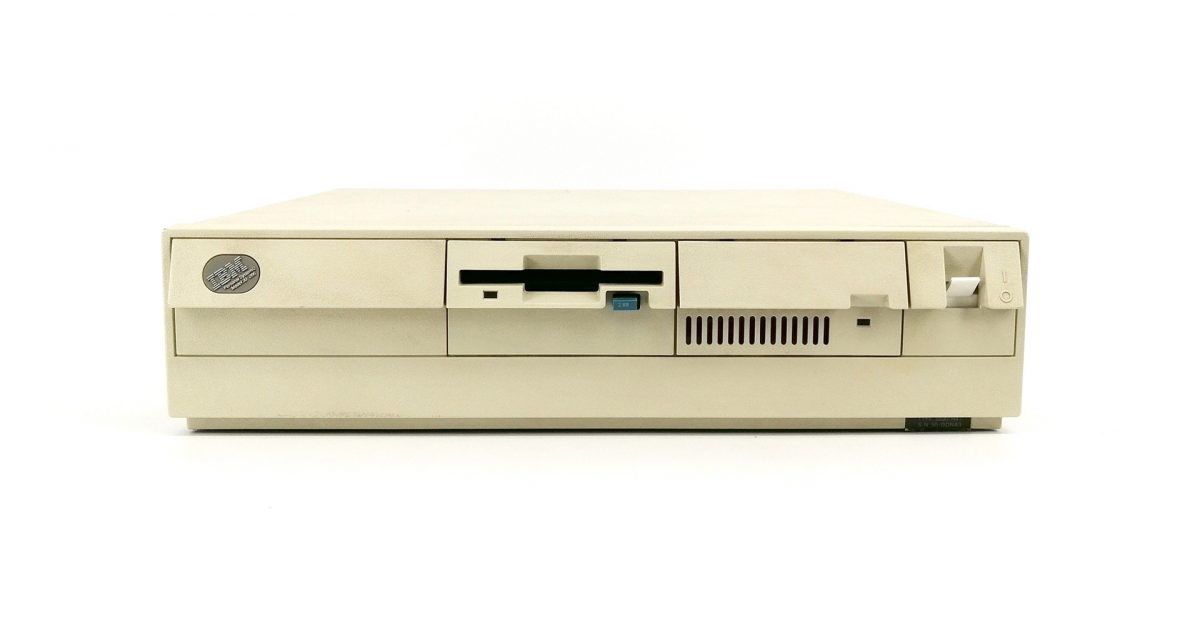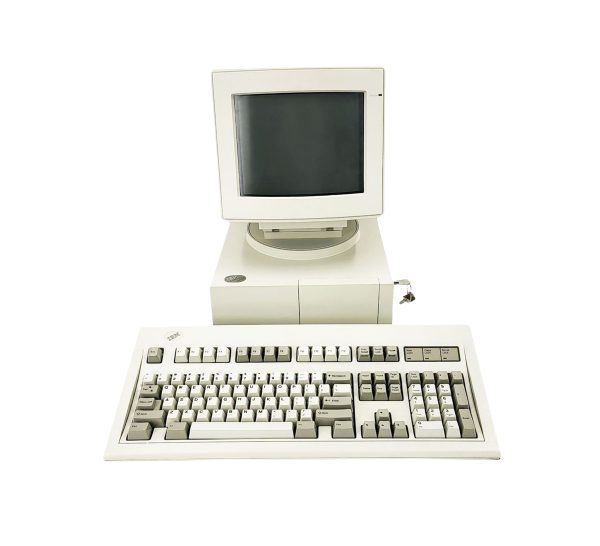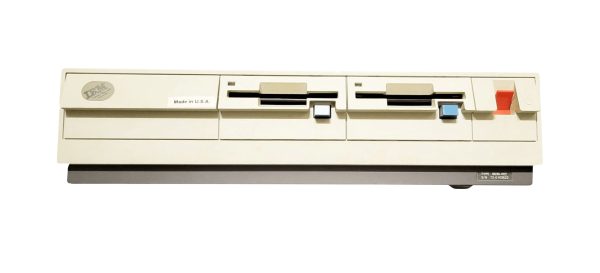IBM PS/2 Model 30 286
IBM's Personal System 2, better known as the PS/2, marked a significant evolution in the history of personal computers when it was released in 1987. This third-generation PC took over the torch from its predecessors such as the IBM PC, XT, AT, and the PC Convertible. The IBM PS/2 Model 30 marked the beginning.
IBM PS/2 Model 30 286
IBM's Personal System 2, better known as the PS/2, marked a significant evolution in the history of personal computers when it was released in 1987. This third-generation PC took over the torch from its predecessors such as the IBM PC, XT, AT, and the PC Convertible. The IBM PS/2 Model 30 marked the beginning.
The PS/2 series introduced several technological innovations that would eventually become the standard in the PC industry. Among these were the 16550 UART for serial communication, the 1.4 MB 3.5-inch floppy disk format, the Model M keyboard with its distinctive layout, 72-pin SIMMs for memory expansion, the PS/2 interface port for mice and keyboards, and the VGA standard for video display (from this model, the IBM PS/2 Model 30 still had MCGA).
The Model 30 series was the entry-level series. Priced at $1,695 for the version with two floppy drives or $2,295 for the version with a hard disk, it was significantly cheaper than $3,595 for the basic Model 50. Moreover, the Model 30 also used the more commonly used ISA expansion instead of the proprietary MCA (Microchannel Architecture).
A particularly notable model within the PS/2 line was the Model 30-286 from September 1988, which harnessed the power of Intel's 286 processor. This machine was designed for both efficiency and compatibility, with a 10 MHz 80286 processor that offered a significant performance improvement over the original Model 30, which used an 8086 processor.
Another major change from its predecessor was the use of a VGA connection instead of MCGA.
IBM's PS/2 line, with its advanced but proprietary MCA bus in the higher-priced models, was an attempt to regain control over PC standards. Although this led to some incompatibility with existing IBM-compatible hardware standards, the PS/2 remained popular, especially in the business sector. The Model 30-286, with its balance of performance and compatibility, became an attractive choice for businesses looking to upgrade their systems without the need for a complete replacement of their existing hardware.
By September 30, 1988, just one and a half years after its launch, IBM had already sold 3 million PS/2 systems, underscoring the company's strong position in the market for business computers.
Operating System
The PS/2 line was intended to set a new standard. Therefore, a new operating system was also developed. This became OS/2 which was developed together with Microsoft. Version 1.0 was released in April 1987 and version 1.10 from roughly a year later included a graphical environment. The PS/2 Model 30s were the first to be able to run OS/2. PC-DOS was also supported.

